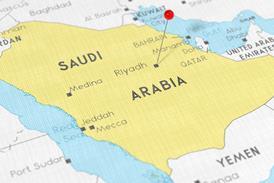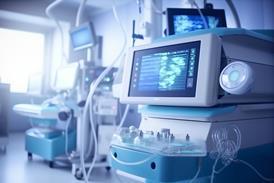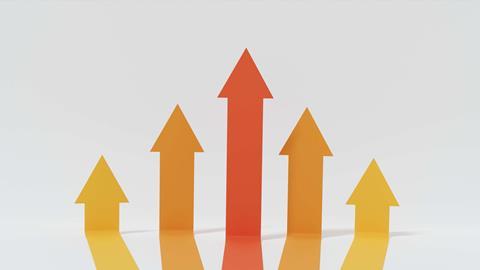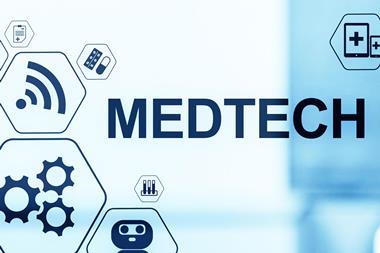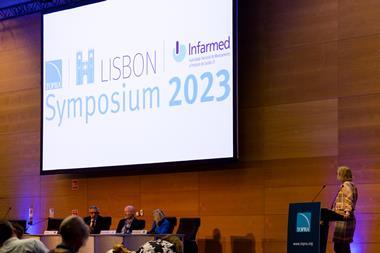The theme of this issue is global standards but – as the contents reflect – the process by which documents and data become ‘standardised’ is anything but homogeneous or harmonised.
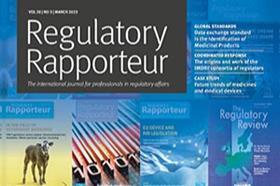
Regulatory Rapporteur
March 2023 | Volume 20 | No.3
While it is widely recognised that standards, in particular those for data, are needed to ensure integrity and create efficiencies and interoperability, the common saying that: “when it comes to standards, there are so many to choose from…” often holds true. In this issue our authors present those areas where standards exist and are being implemented, as well as those that have been overlooked and need further work.
In this issue, one such data exchange standard is the Identification of Medicinal Products (IDMP), which are described by Vikrant Mahajan, as a set of five standards created by the International Standards Organization with the goal of standardising the definitions for the identification and description of medicinal products for human use.
The common saying that: “when it comes to standards, there are so many to choose from…” often holds true.
The International Medical Device Regulatory Forum (IMDRF) is one of the consortia of regulators that was developed with the goal of managing regulatory challenges for medical devices and innovative technology companies. The origins and current work of the group is described by Mehryar Behizad in the article that summarises some of the work being undertaken by the IMDRF through their work stream process.
In her article on ‘Understanding key components of a clinical evaluation (report)’, Angela Siebeneck dissects EU Regulation 2017/745 for medical devices and the sections specific to clinical evaluation. She examines the need for a systematic process to continuously generate, collect, analyse, and assess the clinical data pertaining to a device to verify its safety and performance when used as intended by the manufacturer and the need to create a consistent methodology.
In an article on medical information provided directly to healthcare professionals or the ‘Direct Healthcare Professional Communication’, Ekaterina Pope explores the effectiveness of ‘Dear Doctor’ letters. The lack of a standard template for the exchange of important safety information on marketed medicinal products with the prescribers can affect the actions needed to ensure medicines’ safe and effective use and potentially compromise patient safety.
Paul Kuiken and Caolan McGuinness give an overview of the current requirements for determining toxicity and impact on the environment, and the need for a more up-to-date and robust standardised framework. Given the complexity of environmental risk assessment, it is vital that frameworks are fit for purpose and keep pace with scientific understanding.
Finally, in an article on the future trends of medicines and medical devices, including IVDs this issue provides the contents from an online seminar presentation, made in collaboration with TOPRA and Veristat which addresses the changes in legislation which are being prompted by the evolving pharmaceutical environment and the need to expedite the use of real world data, and real world evidence into clinical development and regulatory decision making.
And if keeping track of all of this seems daunting our careers section contributor Sequita Lindsey asks: ‘Is consulting in regulatory affairs your next career path?’ She addresses some of the pros and cons of making the move along this career path, and some of the considerations you would need to take into account.
In this edition, it is clear that global standards and convergence of frameworks have the potential to make a positive contribution to consistent products, the environment, and society as a whole.












